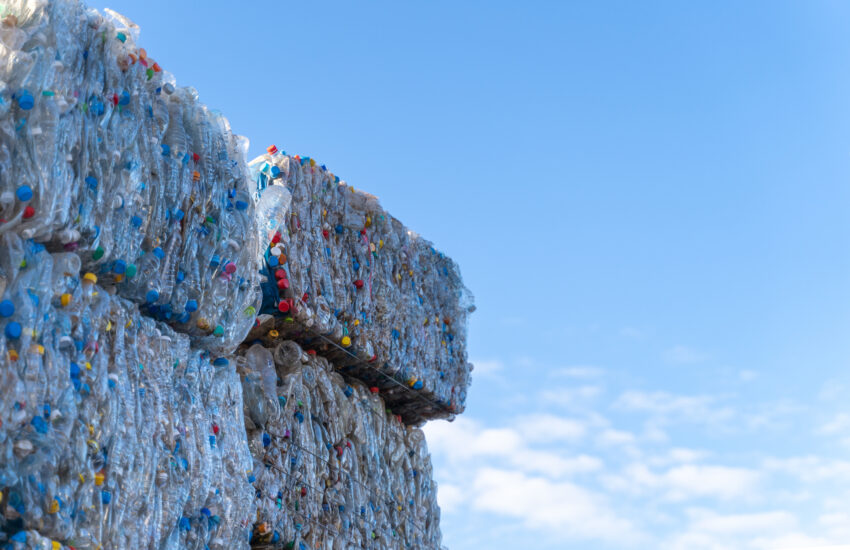Last month, the New York State Assembly demurred from taking up a vote for the second time on the Packaging Reduction and Recycling Infrastructure Act (“PRRIA”). The PRRIA was designed to cause a restructuring of the life cycle of packaging within the state by fundamentally shifting the burden of handling packaging waste from municipalities and consumers to the corporations manufacturing them in the first place.
As a threshold matter, the PRRIA was intended to reduce plastic packaging by 30 percent within the next 12 years, and all packaging, paper or plastic, would now be comprised of more than 75 percent recyclable materials within the next 30 years. Additionally, “loopholes” in current recycling regulations would be closed. For example, the practice of “chemical recycling,” or burning down plastics to reform them into other materials – which utilizes less than 20 percent of the original material and routinely results in more waste products than the original packaging – would be eliminated by clearly defining what qualifies as “recycling.” Finally, the PRRIA identified and banned more than a dozen hazardous chemicals.
The failure by the Assembly to take up the PRRIA was somewhat surprising, especially after it handily passed the State Senate. Further, informal polls suggest a sufficient number of legislators who would have voted in favor of the PRRIA becoming law. Opponents of the law, including the Business Counsel of New York and constituents of the chemical and manufacturing industries, argue that the PRRIA would unduly burden producers and increase consumer costs.

